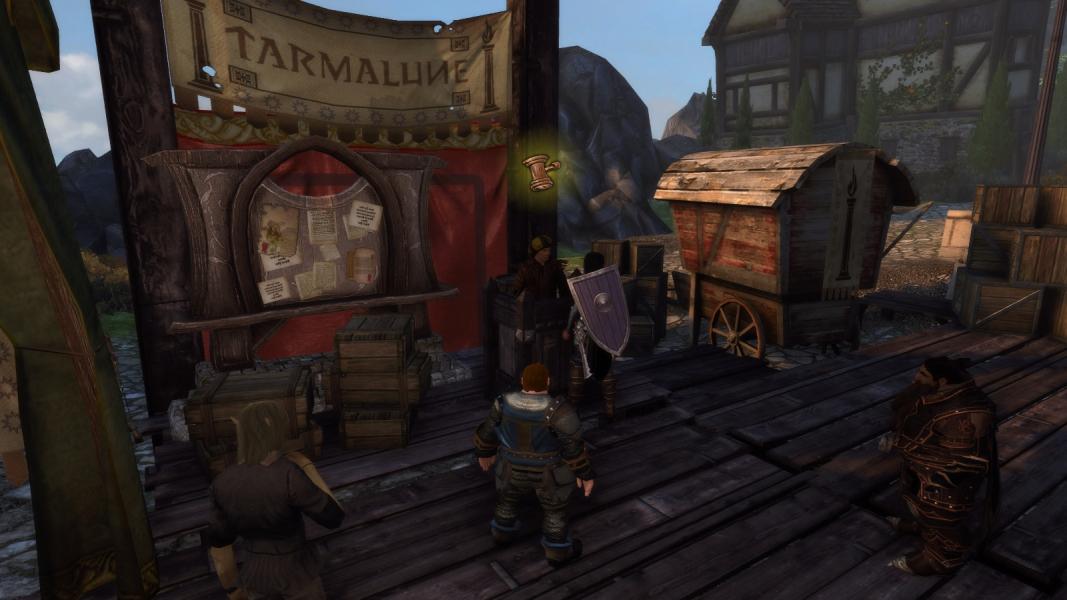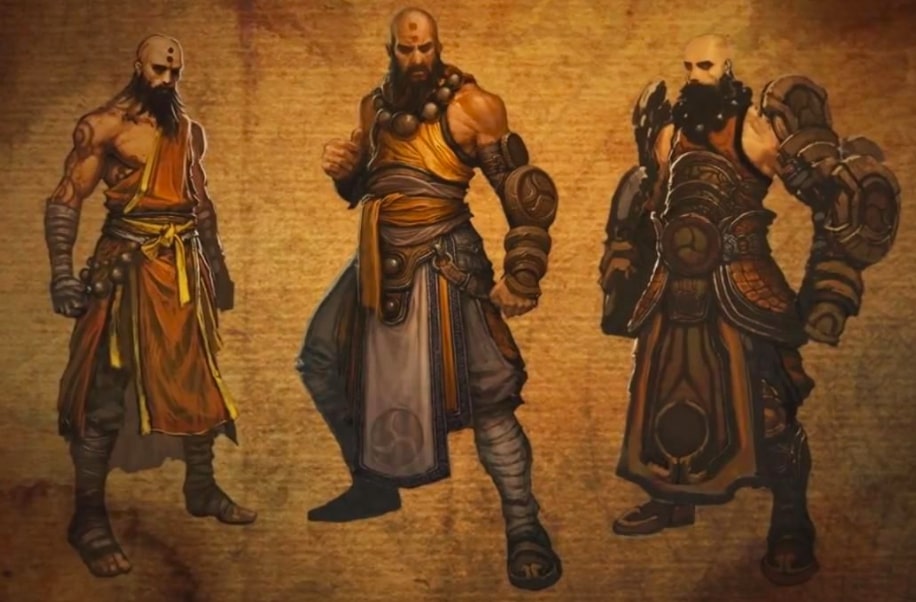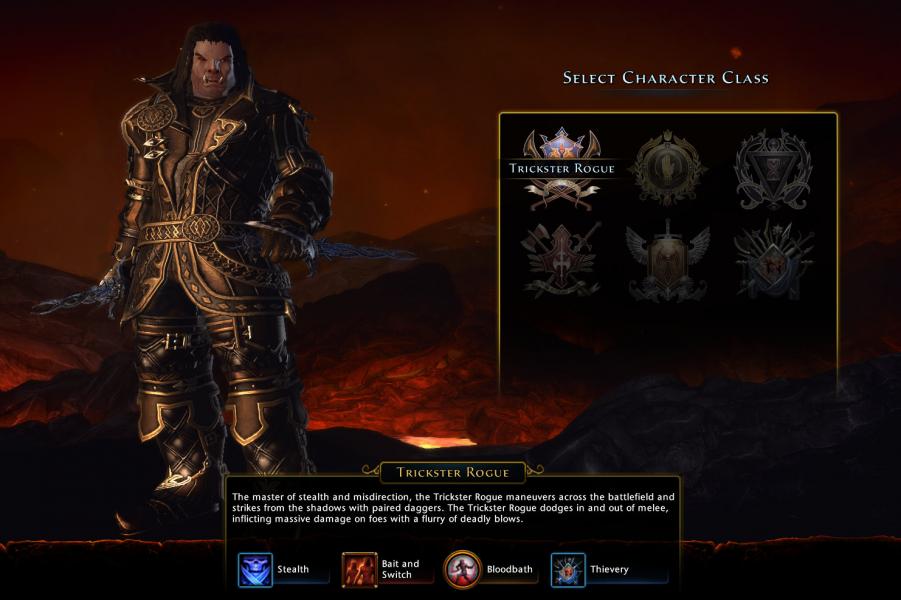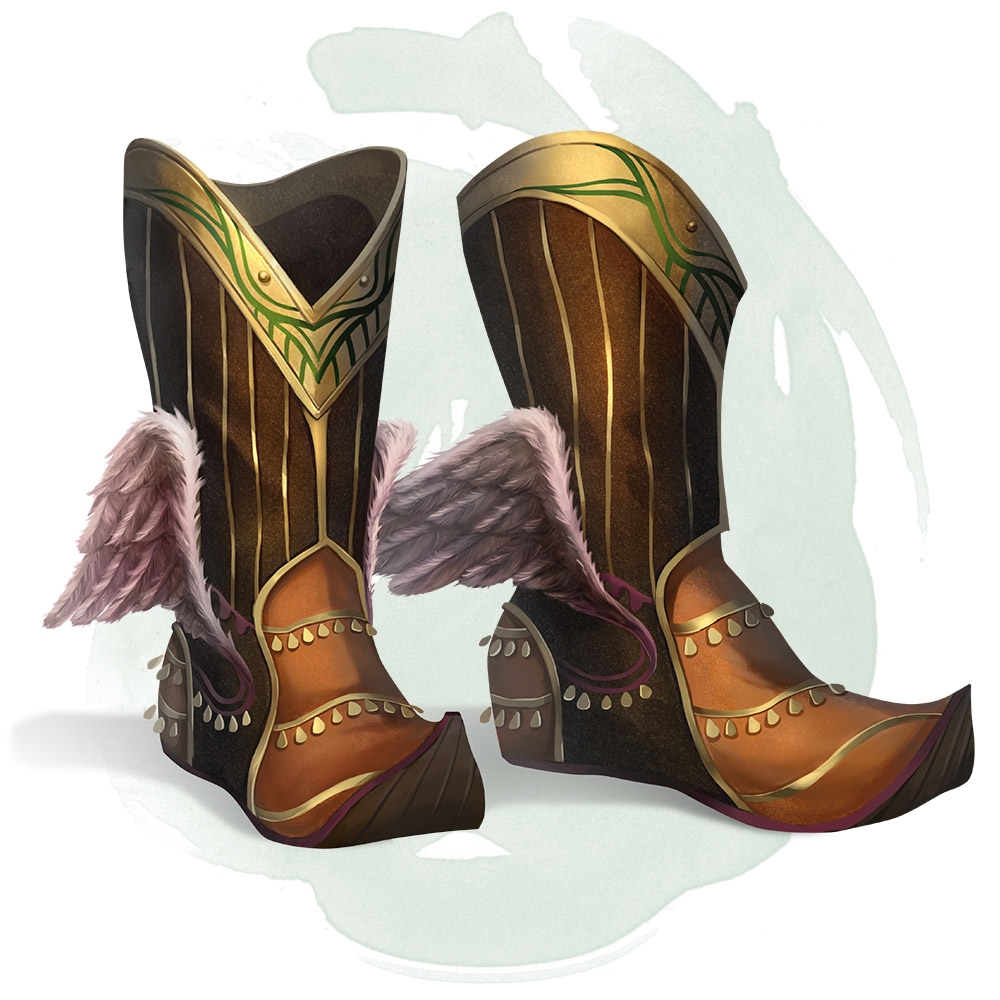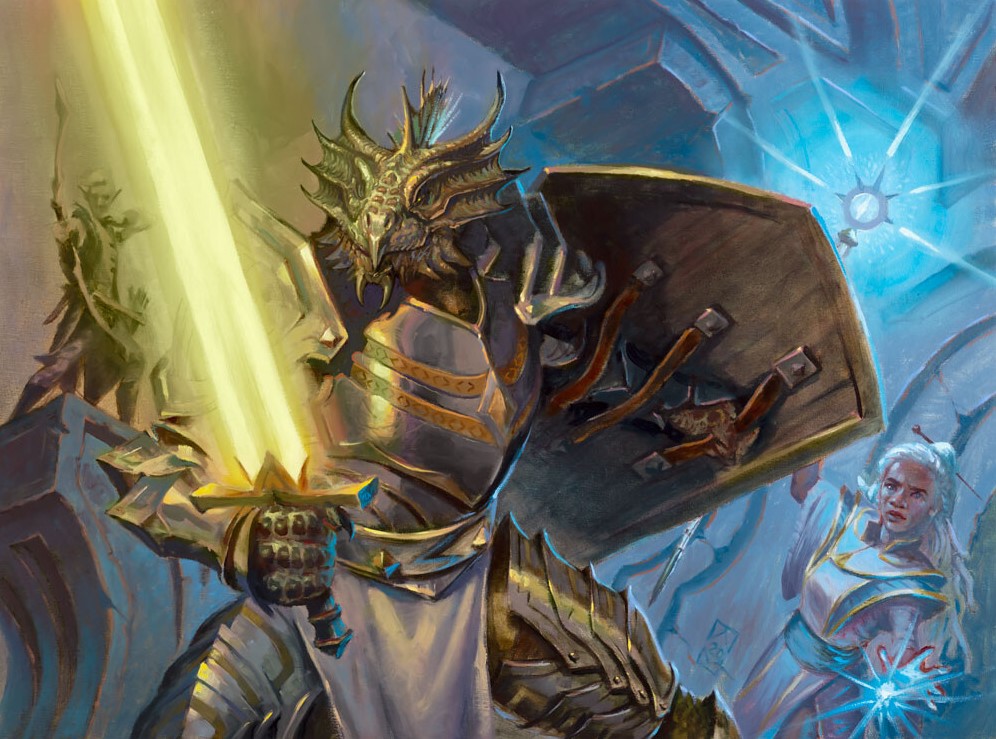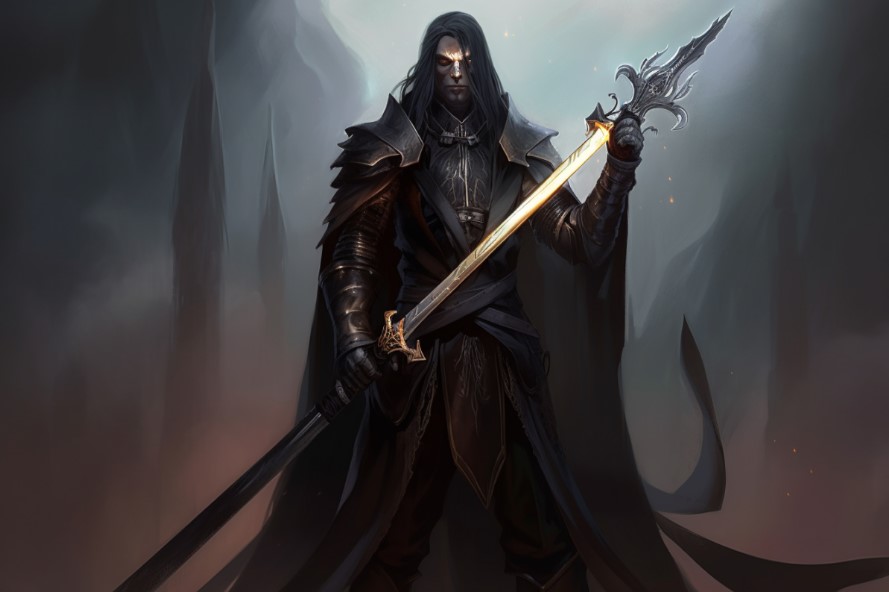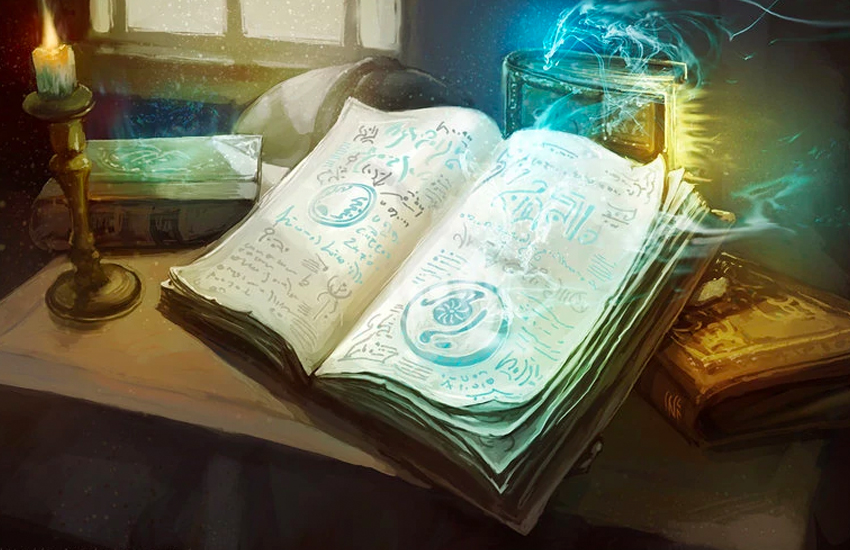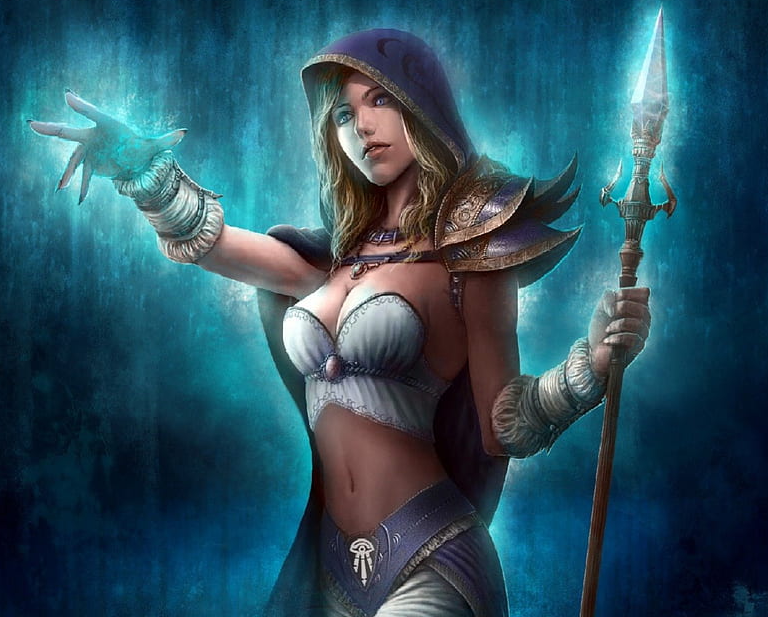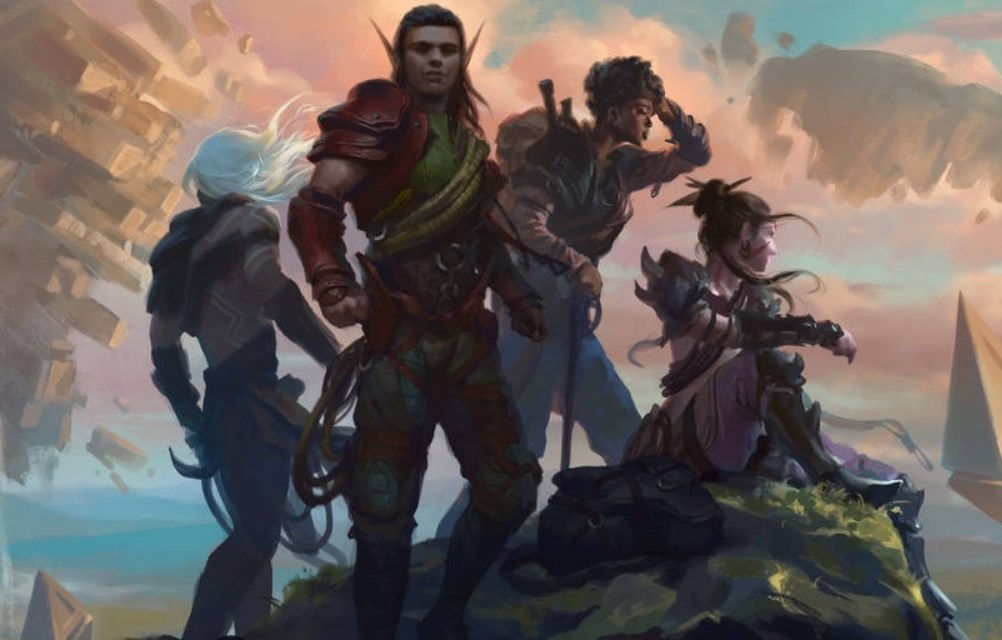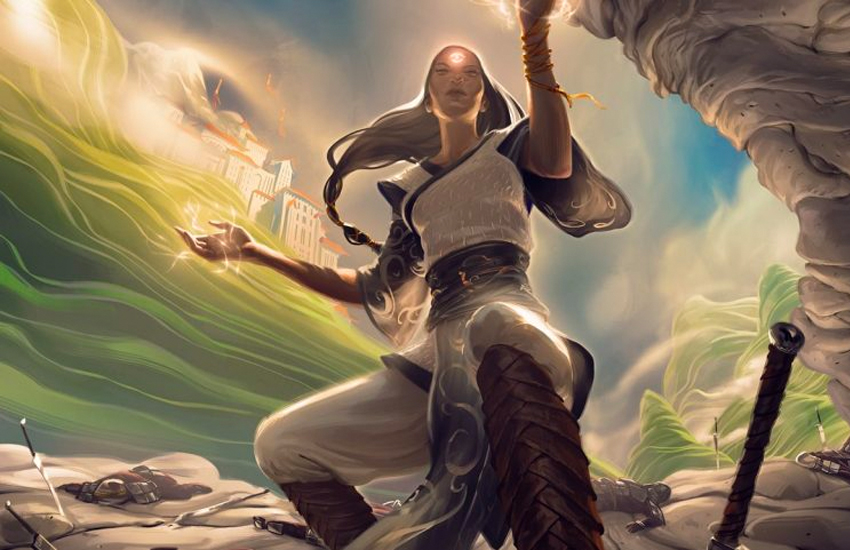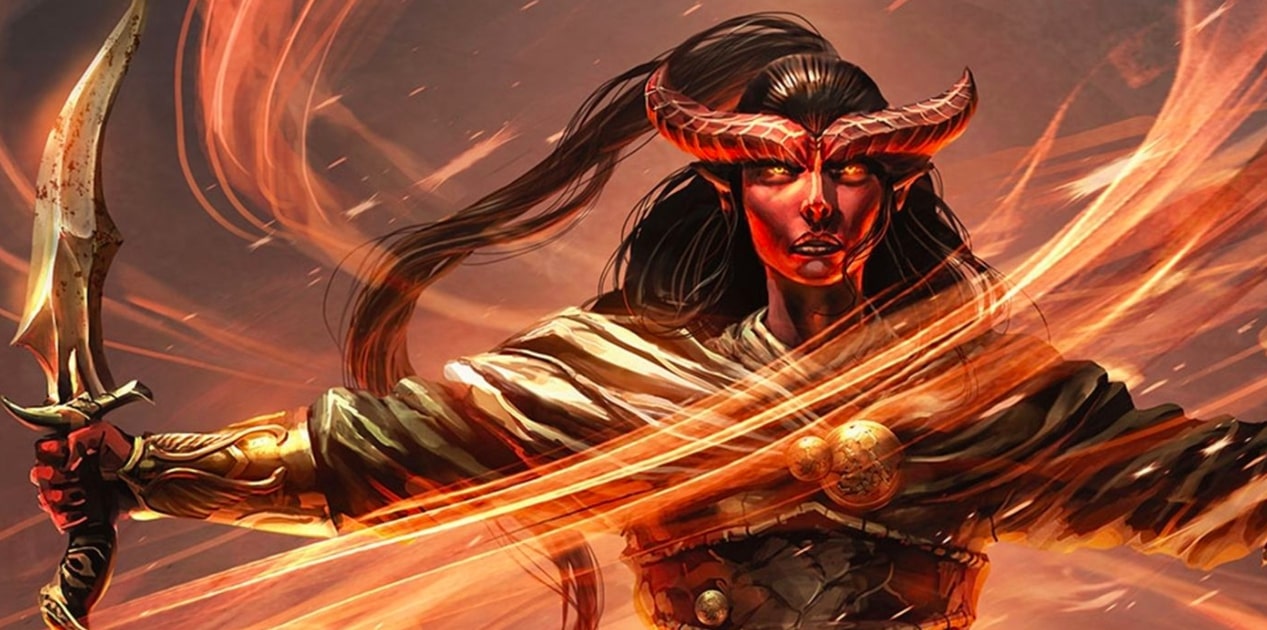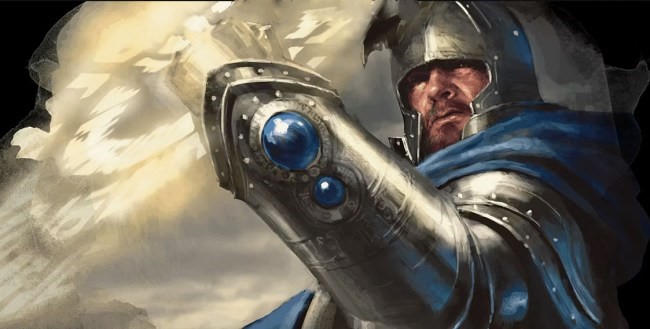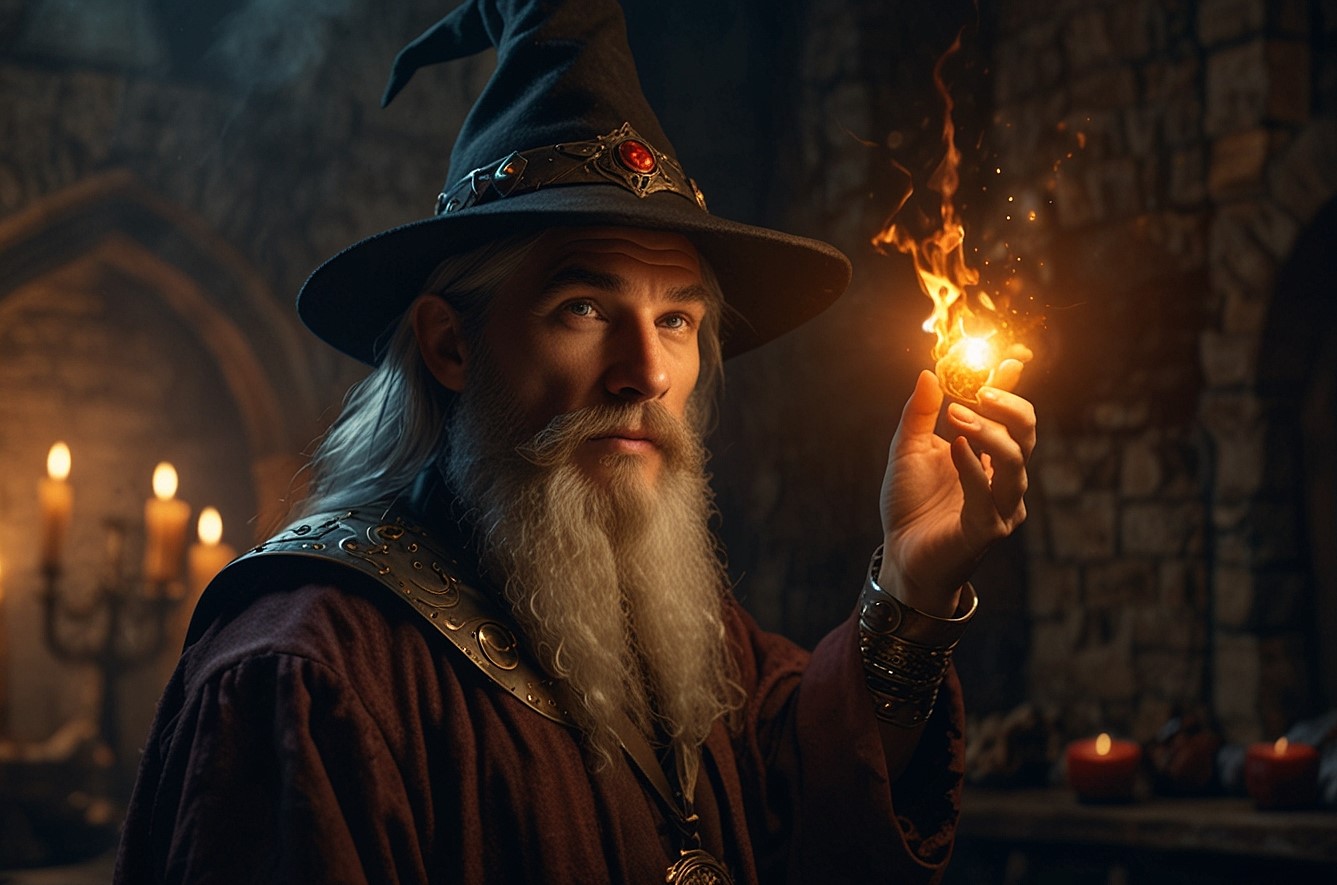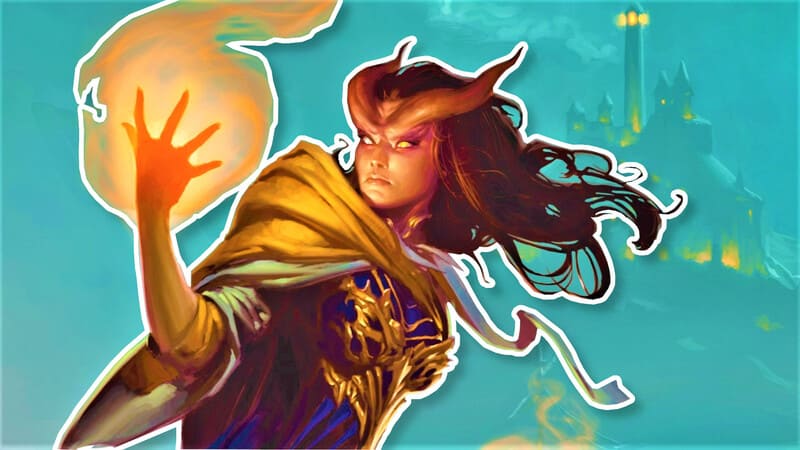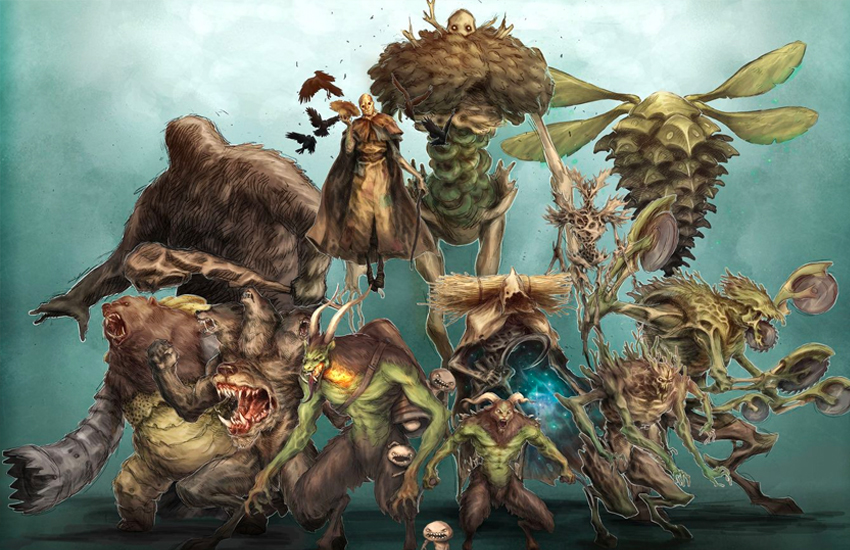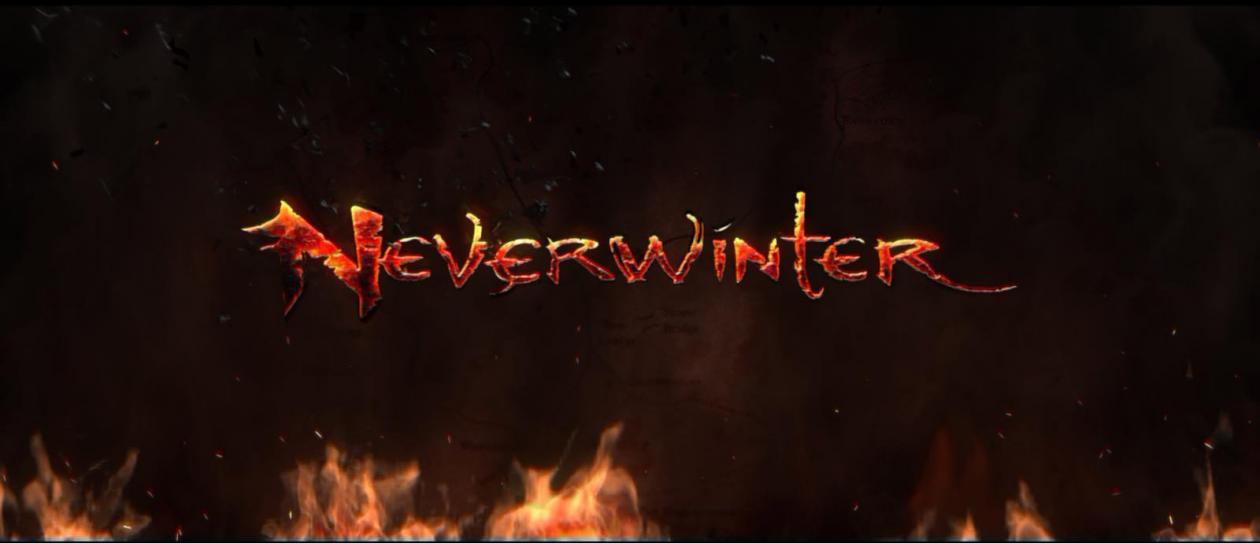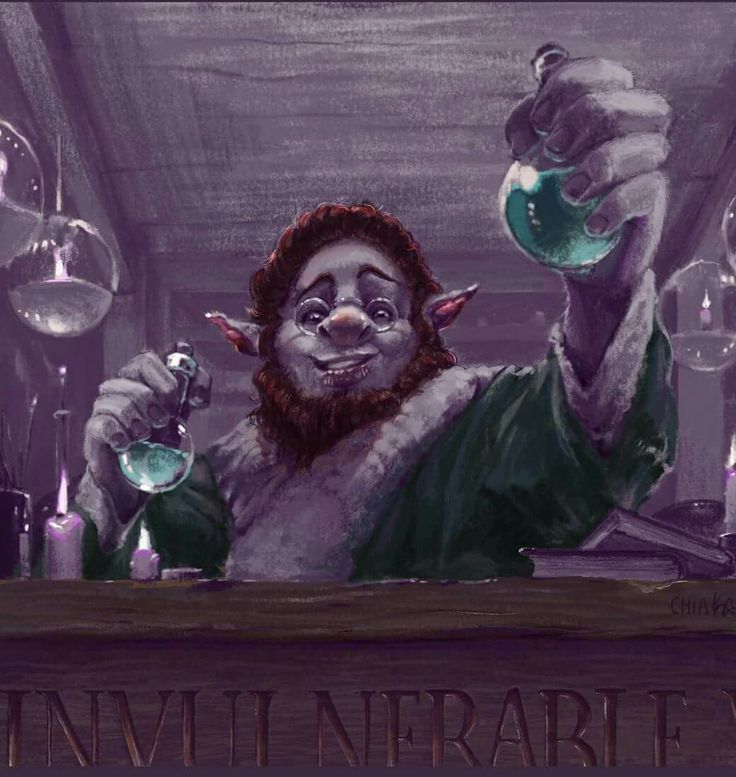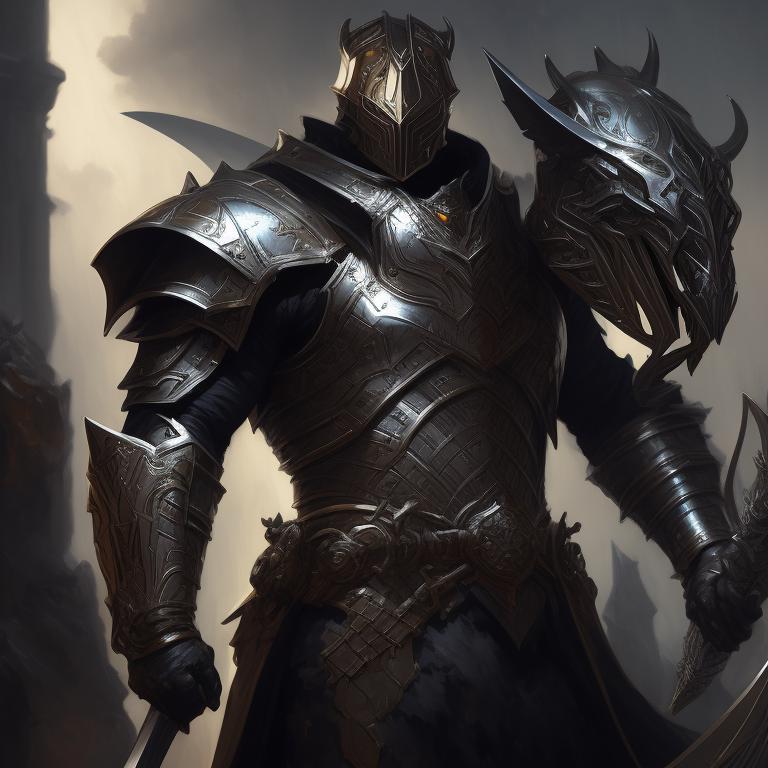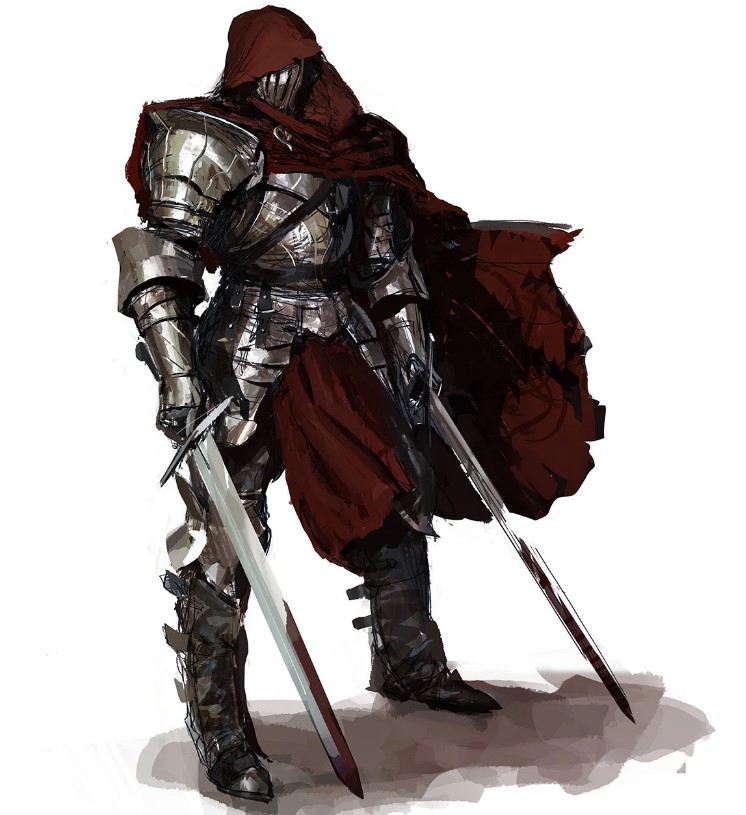
How often do you play Evil characters?
There’s a certain charm in movies about dark characters who battle together with the forces of good, like Ghost Rider or Blade. But contrary to the title, evil characters are actually not fun when your Dungeon Master has prepared heroic adventures for your group. And since most players in a table want to be a hero, playing with an evil character whose decisions and actions regularly conflict with the gaming table can be, at most, destructive onto each other’s emotions.
So, playing an evil character is actually a delicate thing, and it’s only advisable for experienced DND players.
Since DND is primarily a story-driven adventure, evil characters can be fun to play and to play with IF IT DRIVES THE NARRATIVE FORWARD. So, with that in mind, a ‘good’ evil alignment to play with these kinds of characters are the Lawful Evil and Neutral Evil alignments since the former respects and follows laws and rules, while the latter can act civilly for self-preservation.
WARNING: NEVER play a chaotic evil character. These characters are the likes of Jason Voorhees and any psycho-killer. Clearly, they are destructive, and, honestly, annoying, in the group.
Let’s delve deeper into darkness!
5. Nothing Is More Beautiful Than Death (Dark Elf Death Cleric)

They will do everything to spread the rot of Death everywhere they go and to everything they touch, whether through murder, disease, curse, or poison.
And to play this archetype perfectly, there’s nothing more perfect than the Cleric of the Death domain.
Here’s the setup.
For race, the Dark Elf fits perfectly with the Cleric of the Death domain because the race collectively worships Lolth, a demon-spider goddess who relishes in murder, betrayal, torture, and slavery.
To play this character, it’s really up to you how you want to embody this archetype in terms of stats. You can go the Strength melee build, the quick Dexterity build, or the caster Wisdom/Charisma build.
For Strength builds, max out your Strength at 15 during character creation. It may not be the strongest, but we trust that you are smart enough to compensate for that. Just remember that your goal is to reach a Strength of 18 as much as possible for effective melee combat. Also, you might as well invest in the Heavy Armor Master feat since the domain doesn’t give you a free proficiency with heavy armors.
For your Reaper domain feature, you are free to choose any necromancy cantrip even if it’s not a cleric spell. So, a good necromancy cantrip for a melee build is the new Sapping Sting from the book “Explorer’s Guide to Wildemount”. This will be a good cantrip for this kind of build because, even though it’s damage is just a simple 1d4, its extra effect where you can knock your target prone is a big plus for your melee attacks since it will grant you Advantage. And the fact that the cantrip targets your target’s Constitution and the fact that a lot of enemies don’t have high Constitution scores, this will be invaluable. And also don’t forget that Reaper ALWAYS targets TWO CREATURES if your cantrip can only target one. So, that means you can knock two creatures with your cantrip each time, controlling more of the battlefield.
For Dexterity builds, it’s really easy for this character since Elves naturally give a +2 bonus to the stat. So, you can both do a finesse and an archer build and become a pseudo-assassin incorporating poison as your offering to your goddess. Then, still utilize Sapping Sting as your main necromancy cantrip for the double knock prone effect. You can also choose Chill Touch so that you can prevent your target from healing. And then, finally, to replicate an assassin, heavily utilize your Touch of Death Channel Divinity feature since it’s a really good burst damage bonus.
For Wisdom/Charisma builds (casters), it’s doable but it’s going to be 1 point short from maximizing just like the Strength build since Dark Elves gain a bonus to Charisma instead of Wisdom. So, here’s a good suggestion to keep the ‘Cleric’ flavor alive. Multiclass into Sorcerer instead since your Charisma bonus will be put to good use here and then choose the Divine Soul subclass so that all Cleric spells become available.
Whatever you choose, what’s more important is your story because the story must drive your table’s narrative forward in order for your evil character to be fun, not just for you, but for everyone.
Note: If you are worried that your Dark Elf does not have a bonus to Wisdom or Strength (for melee builds), you can simply refer to Tasha’s Cauldron of Everything. The first page of the first chapter states that you can simply ignore your race’s bonuses to abilities and decide for your own. So, simply give +2 to Wisdom and a +1 to any other of your choice.
Now, for the story.
Knowing that Lolth is a very evil goddess and your character is her worshipping fanatic, it would be very difficult for you to make a logical and sound reason why the team that you’re going to adventure with will trust you. Plus, it will be obvious to them that you’re a dark elf. So, that’s double the red flag against you.
The most plausible reason for you to go with an adventuring group without you murdering them in the name of your goddess will be for Lolth to give you a difficult task that needs you to cooperate with a band of adventurers. Maybe your goddess’ powers have been suppressed by another god and she has tasked you to gather several artifacts to free her from her bindings? That could be a good story to have.
4. Fallen From Grace (Fallen Aasimar Oathbreaker Paladin)

In this case, you are a Fallen Paladin, specifically a fallen aasimar oathbreaker paladin. And you have fallen to the dark side. You must have been a holy knight who embraced a dark god’s temptation. Now, you are a fearsome warrior who can command the undead.
Here’s the setup.
In terms of gameplay, almost all paladins, if not all, play a melee build which have two variations: Strength or Dexterity. This is because their Divine Smite feature, a core defining ability, can only trigger if you hit with a melee attack. So, you have to be creative if you intend to play a ranged combatant version of a paladin.
Here’s also a strong combo for this build: when you turn Level 7 and obtain the Aura of Hate paladin feature, you can effectively combine this with your Fallen Aasimar’s Necrotic Shroud. This way, your damage per round has a bonus of +Charisma modifier (Necrotic Shroud) and +Level (Aura of Hate). Also, you have two strong area-of-effect fear attacks through Necrotic Shroud and Channel Divinity: Dreadful Aspect.
For your story,
Maybe the god or goddess you serve (the evil god) must have betrayed you and left you for dead. And, somehow, you survived. Just like Kratos in God of War, you are on a path of vengeance: to destroy your god and all who follow him/her.
For gameplay and progression, a good suggestion is to cross-class with a single level of Barbarian just to gain access to Rage since it fits the theme of an angry angel of death.
3. All Must Bow To Me (Red Dragonborn Oath of Conquest Paladin)

In this case, you are a red dragonborn. Asides from its perfect bonus to Strength and Charisma, red dragons are known to be the most tyrannical of the dragons. And being a red dragonborn paladin of conquest is just perfect.
This one can be interesting and challenging to play at a table because your character tends to be cruel and dominating, and you don’t shy away from torture if needed. As long as it drives the story forward and is not a needlessly emotional baggage for the team, then, by all means.
Here’s the setup.
For gameplay and flavor, it’s best that you also take a level in Barbarian to take advantage of its Rage mechanic, making you more fearsome. And for feats, the Great Weapon Master would be perfect since the +10 to damage screams CONQUEST.
There’s also the Dragon Fear feat from Xanathar’s Guide to Everything that converts your Breath Weapon into an area-of-effect fear attack, giving you a second fear power to augment your Channel Divinity: Conquering Presence feature which behaves similarly. The reason for getting the feat is for you to utilize your 7th level aura feature: Aura of Conquest, which damages foes who are feared within your aura.
2. The Devil’s Advocate (Infernal Warlock Tiefling)

And in terms of gameplay, the Tiefling and the Warlock class were really made for each other since the Warlock needs Charisma and Intelligence to be very effective and the Tiefling has bonuses to both.
The setup.
For Warlock pacts and pact boons, you’re going to play as an Infernal Warlock since it matches the theme of being a Tiefling. For your boons, the Pact of the Chain and the Pact of the Tome are both good choices since the two are effective for spellcasters. If you do want to choose the Pact of the Blade, you will be struggling with your power since you won’t be as effective due to the fact that you will have little bonuses to Strength and Dexterity, and you also don’t have access to medium or heavy armors.
In an adventuring team, this one is not so difficult to play since a Warlock’s pact (compared to a Cleric or a Paladin’s) is much more lenient in terms of belief and fanaticism. When you’re a Cleric or a Paladin, loyal service is a must whereas it isn’t for Warlocks (although, at some point in your adventure, your devil patron will require you to do something for him).
Effective spell choice is also the key to playing a Warlock. So, here’s a link for a list of strong spells: Best Warlock Spells By Level In DnD 5e
1. RISE!!! (The Necromancer Dhampir)

The Necromancer was heavily popularized during the 90’s because of Diablo 2. And ever since then, the iconic villain became an anti-hero.
Just like the warlock, playing this evil character is easy. This is because Necromancy, as a wizarding school discipline, is simply the study of undeath. It just so happens that a lot of wicked people are drawn to this school.
There’s so many ways you can play a necromancer. In our case, we’re playing a Dhampir which is a half-human, half-vampire race (like Blade).
Here’s your story.
You must have become a necromancer maybe because you do not fully understand your origins as an undead and you want to know more on how to use your curse.
For effective Necromancer spells, here’s a link: Dungeons & Dragons: 15 Best Necromancy Spells
P.S. It’s also advisable that you summon a Familiar because you really need them to deliver touch spells. Remember, you’re a wizard. You don’t want to be in melee combat.
Conclusion
Before we finish, always and always remember that you are playing an evil character because you want to play as an anti-hero and not a villain. If, somehow, you want to play as a villain, then you better find a group who are all villains because heroes and villains can’t work together. It’s just impossible.
You may also be interested in:
- The Best D&D Classes (Ranked from Worst to Best)
- Top 25 Best D&D Villains of All Time
- 32 Most Interesting Facts About Dungeons and Dragons!
- 25 Best D&D Games for PC That Every Fan Must Play!
- The 10 Best DnD Streams
- Most Powerful D&D Dragons For Adventurers To Defeat
- Top 10 Best DnD Campaign Ideas
- Top 5 DnD Most Useful Languages
- D&D Top 10 Most Damaging Spells That Obliterate Foes
- Top 15 Most Powerful D&D Spells
- The Best D&D Race for Every Class
- Top 10 D&D Best Quests That Are Amazing
- Top 10 D&D Best Utility Spells
- [Top 10] D&D Best Zombies
- [Top 10] D&D Best Simple Weapons For Killing Foes
- [Top 10] D&D Best YouTube Channels
- [Top 5] D&D Best Tank Builds That Can Withstand Massive Damage

